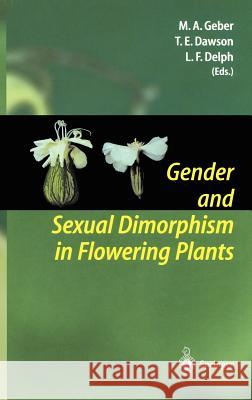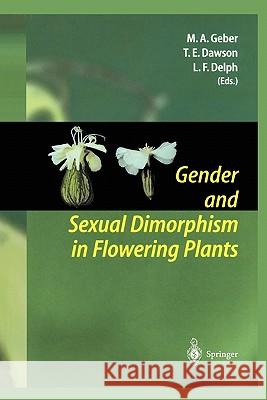Wyniki wyszukiwania:
wyszukanych pozycji: 4
 |
Stable Isotopes as Indicators of Ecological Change: Volume 1
ISBN: 9780123736277 / Angielski / Twarda / 2007 / 417 str. Termin realizacji zamówienia: ok. 30 dni roboczych (Dostawa w 2026 r.) The 20th century has experienced environmental changes that appear to be unprecedented in their rate and magnitude during the Earth's history. For the first time, Stable Isotopes as Indicators of Ecological Change brings together a wide range of perspectives and data that speak directly to the issues of ecological change using stable isotope tracers. The information presented originates from a range of biological and geochemical sources and from research fields within biological, climatological and physical disciplines covering time-scales from days to centuries. Unlike any... The 20th century has experienced environmental changes that appear to be unprecedented in their rate and magnitude during the Earth's history. ... |
cena:
388,63 |
 |
Gender and Sexual Dimorphism in Flowering Plants
ISBN: 9783540645979 / Angielski / Twarda / 1998 / 305 str. Termin realizacji zamówienia: ok. 22 dni roboczych (Dostawa w 2026 r.) While the majority of flowering plant species are hermaphroditic, gender di- morphism, or the occurrence of two sexual morphs, has, nevertheless, evolved on repeated occasions. Gender dimorphism is found in nearly half of all angio- sperm families and in approximately 10% of flowering plant species. Where plants are dimorphic in gender, they can also be dimorphic in secondary sex characters. We refer to dimorphism of the latter kind as sexual dimorphism, in keeping with the term's usage by most zoologists. This book is about the evolution of both forms of dimorphism -hence the book's lengthy...
While the majority of flowering plant species are hermaphroditic, gender di- morphism, or the occurrence of two sexual morphs, has, nevertheless, evol...
|
cena:
201,24 |
 |
Gender and Sexual Dimorphism in Flowering Plants
ISBN: 9783642084249 / Angielski / Miękka / 2010 / 305 str. Termin realizacji zamówienia: ok. 22 dni roboczych (Dostawa w 2026 r.) While the majority of flowering plant species are hermaphroditic, gender di- morphism, or the occurrence of two sexual morphs, has, nevertheless, evolved on repeated occasions. Gender dimorphism is found in nearly half of all angio- sperm families and in approximately 10% of flowering plant species. Where plants are dimorphic in gender, they can also be dimorphic in secondary sex characters. We refer to dimorphism of the latter kind as sexual dimorphism, in keeping with the term's usage by most zoologists. This book is about the evolution of both forms of dimorphism -hence the book's lengthy...
While the majority of flowering plant species are hermaphroditic, gender di- morphism, or the occurrence of two sexual morphs, has, nevertheless, evol...
|
cena:
201,24 |
 |
Plant Ecology in a Changing World
ISBN: 9781482217933 / Angielski / Twarda / 2025 / 500 str. Termin realizacji zamówienia: ok. 22 dni roboczych (Dostawa w 2026 r.) Unifies separate fields of ecology, physiology, plant science and evolutionary biology in a climate-change-based synthesis Draws on the expertise of a pioneer in stable isotope research Addresses issues of global change from an evolutionary perspective
Unifies separate fields of ecology, physiology, plant science and evolutionary biology in a climate-change-based synthesis Draws on the expertise of a...
|
cena:
631,52 |










